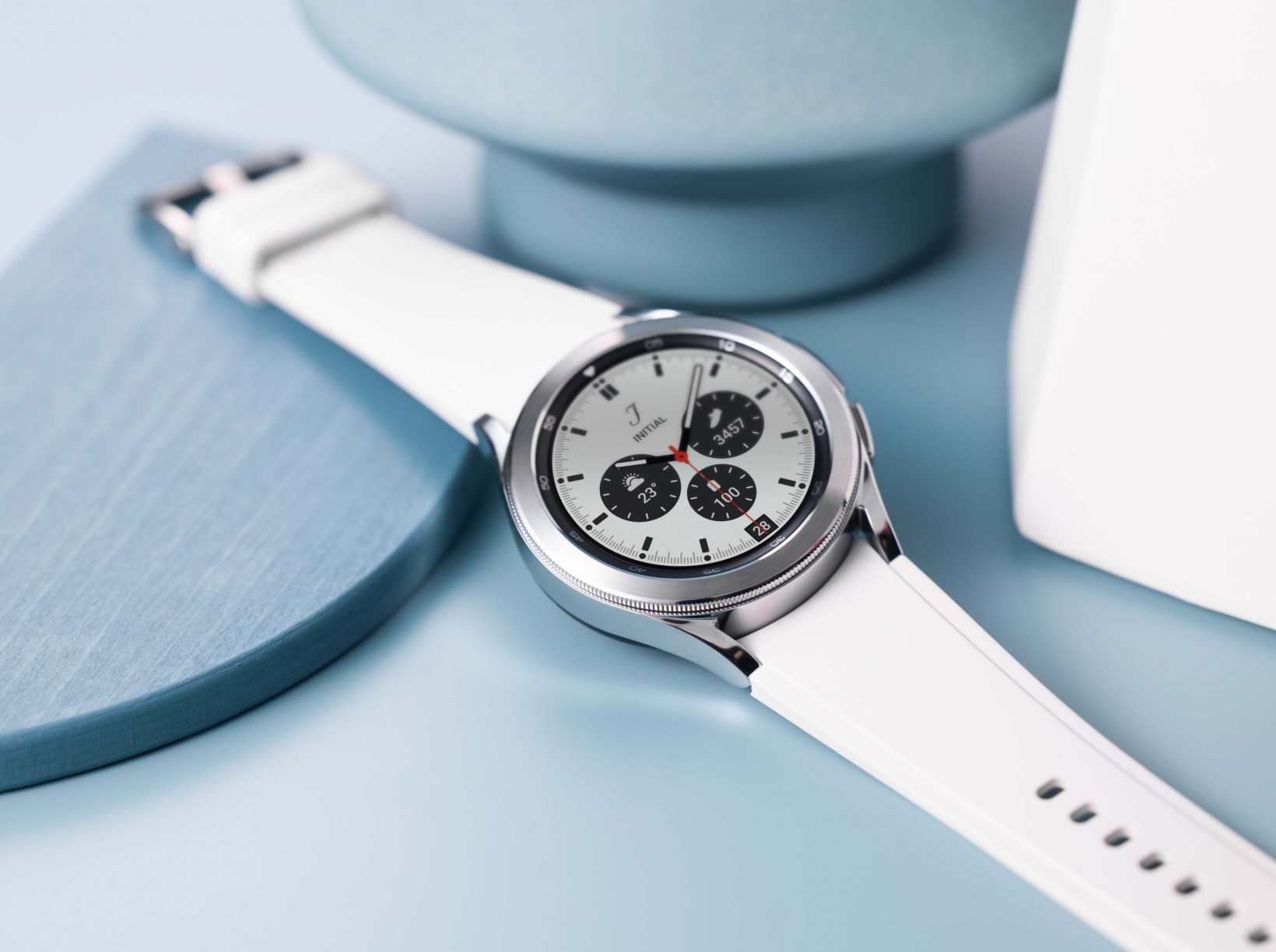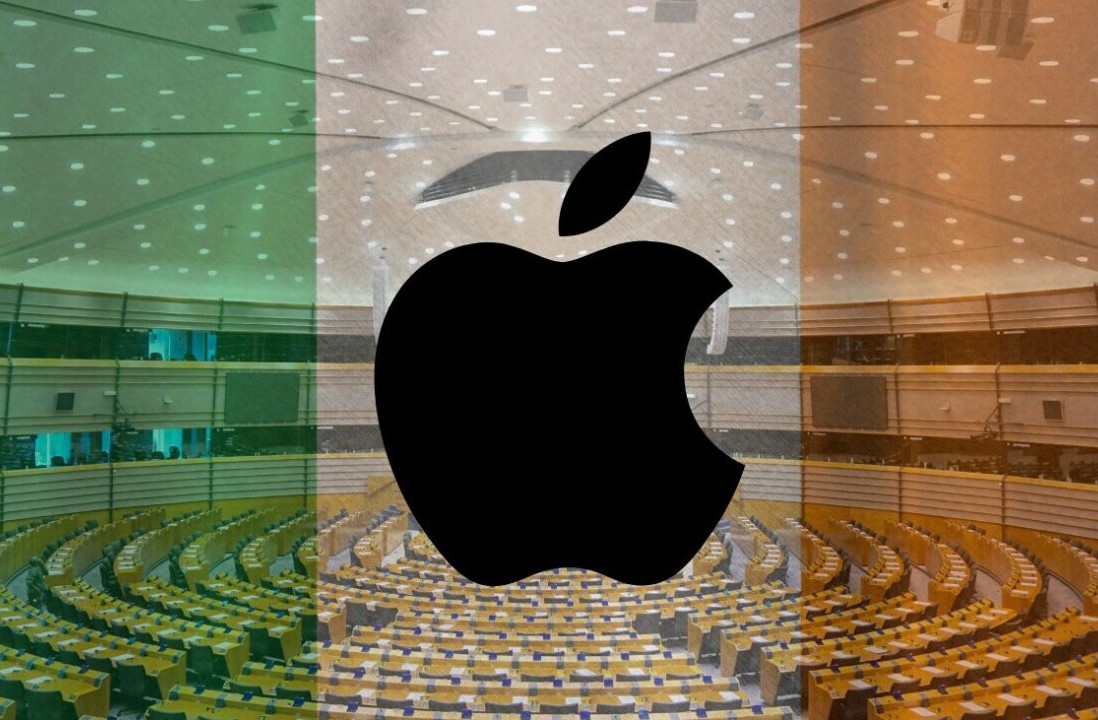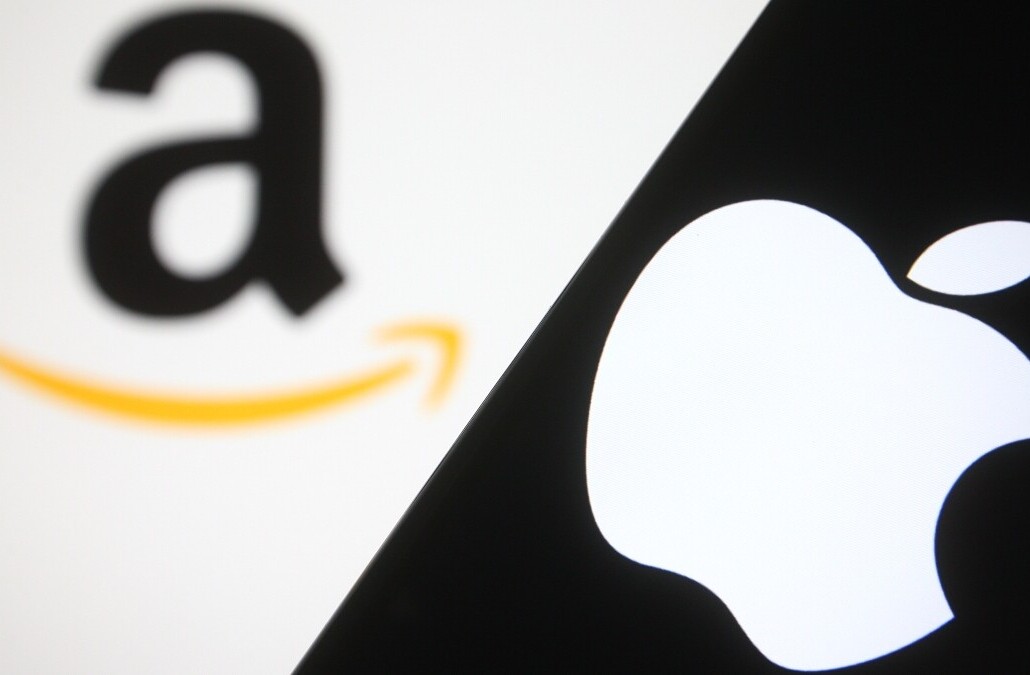
The fruits of Samsung and Google’s recent teamwork is finally here: Samsung today announced the Galaxy Watch 4 and Galaxy Watch 4 Classic, the first smartwatches to be powered by the new and refined version of Wear OS.
For those not familiar, Google recently teamed up with Samsung to rebuild Wear OS from the ground up, incorporating some of the efficiency features from Tizen (Samsung’s previous Watch OS) with the power and flexibility of Wear OS. For Samsung, the benefit of moving to Wear OS is obvious: there are just way more apps available, as no one wants to develop for a platform hardly anybody uses.
The Galaxy Watch 4 is the more affordable option, at $250 for the Bluetooth-only version and $300 for LTE. This model has more of a health and fitness focus (it’s what Samsung might’ve called the Galaxy Watch ‘Active’ in earlier generations) and comes with a silicone strap. It’s available in both 40 and 44mm sizes.

The Galaxy Watch 4 Classic is for those who want a more, well, classic design, at $350 ($400 with LTE). It’s the only model that comes with Samsung’s fancypants rotating bezel, which is a neat and intuitive way of navigating the phone’s UI. This version comes in 42mm and 46mm variants.
Both models pack Samsung’s new BioActive sensor, which combines optical heart rate, electrical heart monitoring, and bioelectrical impedance analysis. All those words mean you can monitor your heart rate, blood pressure, detect an AFib irregular heartbeat, measure blood oxygen level, and calculate your body composition.

The body composition tool allows you to measure details like your muscle mass and body fat percentage. While I have doubts about how accurate such a wrist-mounted tool could be — I’ve had very mixed results with much larger devices body composition tools — it’s a pretty neat tool to have fit right onto your wrist.
Of course, it wouldn’t be a Samsung device without it having some sort of custom software, so Samsung has implemented its One UI design philosophy on top of the new Wear OS. One UI allows the watch to automatically download compatible apps based on what you have installed on your phone, and it will sync settings like Do Not Disturb hours and blocked callers.

The Achilles heel to most smartwatches is battery life, but Samsung is promising “up to 40 hours” of usage. That’s a bit less than earlier Tizen Galaxy watches but better than what Apple claims for its own watch, and better than most existing Wear OS watches too. We’ll have to see if that holds up in real life.
The Galaxy Watch 4 and Galaxy Watch 4 Classic are available to pre-order today from Samsung and will be available August 27.
Get the TNW newsletter
Get the most important tech news in your inbox each week.





